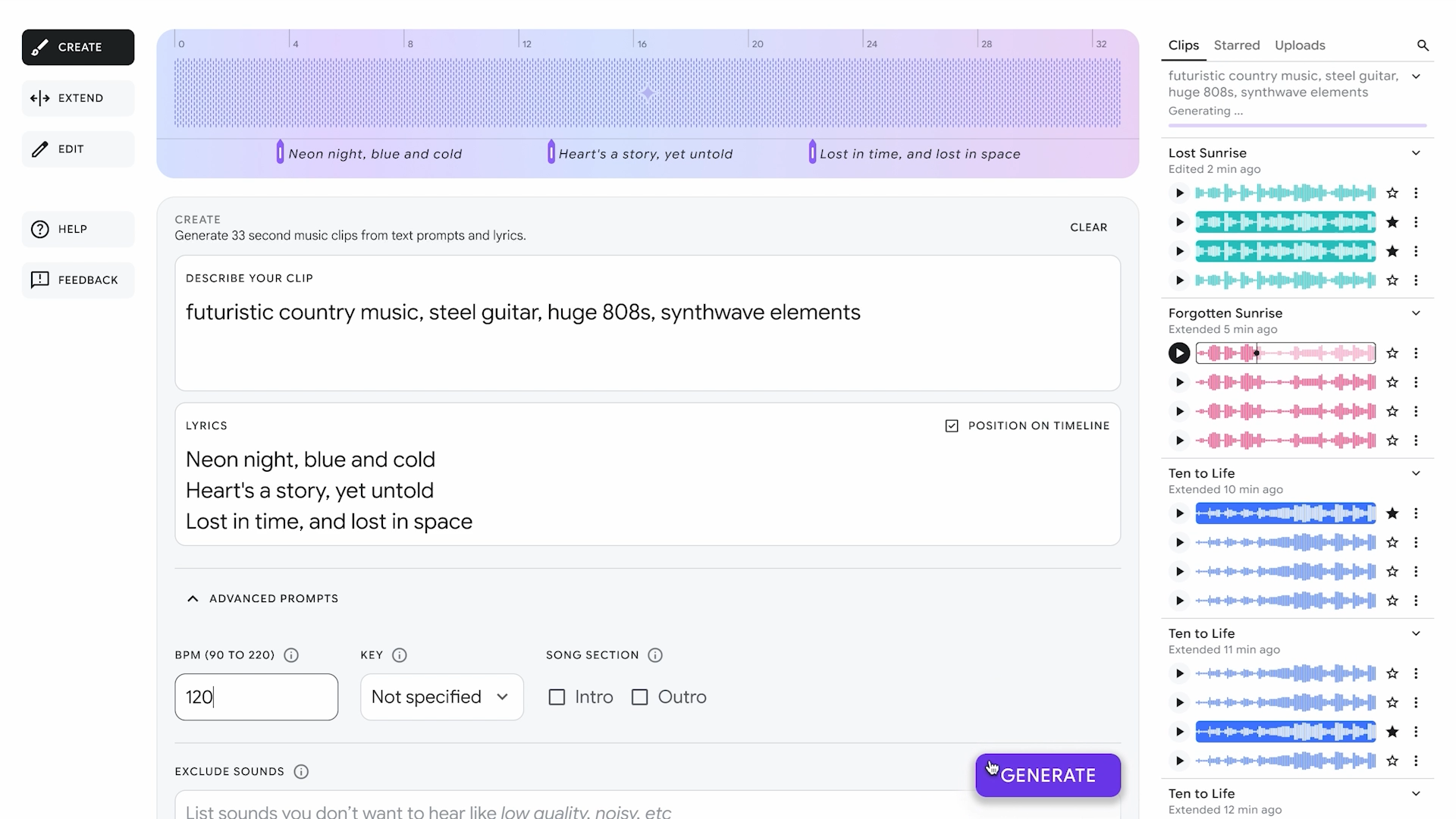What is Synthetic Data?
Synthetic data are artificially generated data rather than produced by real-world events. Typically created using algorithms, synthetic data can be deployed to validate mathematical models and to train machine learning models.[1] Data generated by a computer simulation can be seen as synthetic data. This encompasses most applications of physical modeling, such as music synthesizers or flight simulators. The output of such systems approximates the real thing, but is fully algorithmically generated. Synthetic data is used in a variety of fields as a filter for information that would otherwise compromise the confidentiality of particular aspects of the data. In many sensitive applications, datasets theoretically exist but cannot be released to the general public;[2] synthetic data sidesteps the privacy issues that arise from using real consumer information without permission or compensation.

Synthetic data are artificially generated data rather than produced by real-world events. Typically created using algorithms, synthetic data can be deployed to validate mathematical models and to train machine learning models.[1]
Data generated by a computer simulation can be seen as synthetic data. This encompasses most applications of physical modeling, such as music synthesizers or flight simulators. The output of such systems approximates the real thing, but is fully algorithmically generated.
Synthetic data is used in a variety of fields as a filter for information that would otherwise compromise the confidentiality of particular aspects of the data. In many sensitive applications, datasets theoretically exist but cannot be released to the general public;[2] synthetic data sidesteps the privacy issues that arise from using real consumer information without permission or compensation.


































































































































































![[The AI Show Episode 143]: ChatGPT Revenue Surge, New AGI Timelines, Amazon’s AI Agent, Claude for Education, Model Context Protocol & LLMs Pass the Turing Test](https://www.marketingaiinstitute.com/hubfs/ep%20143%20cover.png)








































































































































































































































































_Muhammad_R._Fakhrurrozi_Alamy.jpg?width=1280&auto=webp&quality=80&disable=upscale#)
_NicoElNino_Alamy.jpg?width=1280&auto=webp&quality=80&disable=upscale#)


























































































![macOS 15.5 beta 4 now available for download [U]](https://i0.wp.com/9to5mac.com/wp-content/uploads/sites/6/2025/04/macOS-Sequoia-15.5-b4.jpg?resize=1200%2C628&quality=82&strip=all&ssl=1)


















![AirPods Pro 2 With USB-C Back On Sale for Just $169! [Deal]](https://www.iclarified.com/images/news/96315/96315/96315-640.jpg)
![Apple Releases iOS 18.5 Beta 4 and iPadOS 18.5 Beta 4 [Download]](https://www.iclarified.com/images/news/97145/97145/97145-640.jpg)
![Apple Seeds watchOS 11.5 Beta 4 to Developers [Download]](https://www.iclarified.com/images/news/97147/97147/97147-640.jpg)
![Apple Seeds visionOS 2.5 Beta 4 to Developers [Download]](https://www.iclarified.com/images/news/97150/97150/97150-640.jpg)







































![Apple Seeds Fourth Beta of iOS 18.5 to Developers [Update: Public Beta Available]](https://images.macrumors.com/t/uSxxRefnKz3z3MK1y_CnFxSg8Ak=/2500x/article-new/2025/04/iOS-18.5-Feature-Real-Mock.jpg)
![Apple Seeds Fourth Beta of macOS Sequoia 15.5 [Update: Public Beta Available]](https://images.macrumors.com/t/ne62qbjm_V5f4GG9UND3WyOAxE8=/2500x/article-new/2024/08/macOS-Sequoia-Night-Feature.jpg)























































![How to contribute to the Flutter engine [Windows]](https://media2.dev.to/dynamic/image/width=800%2Cheight=%2Cfit=scale-down%2Cgravity=auto%2Cformat=auto/https%3A%2F%2Fdev-to-uploads.s3.amazonaws.com%2Fuploads%2Farticles%2F6l3gn3x9ffod81mk92vm.png)